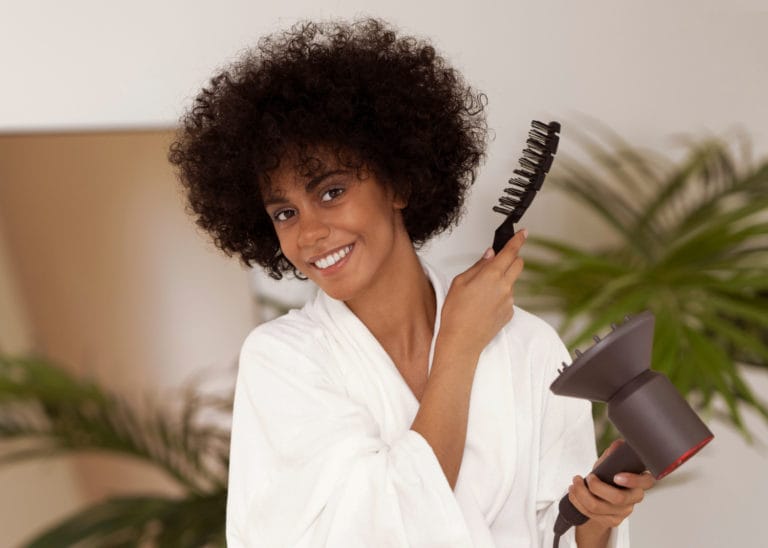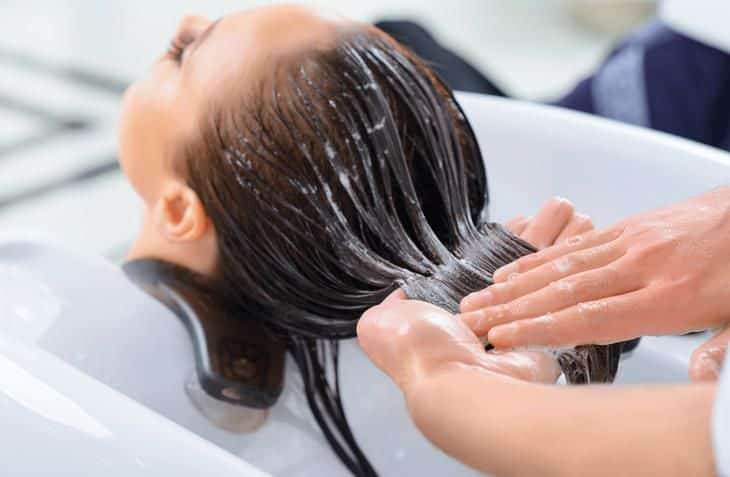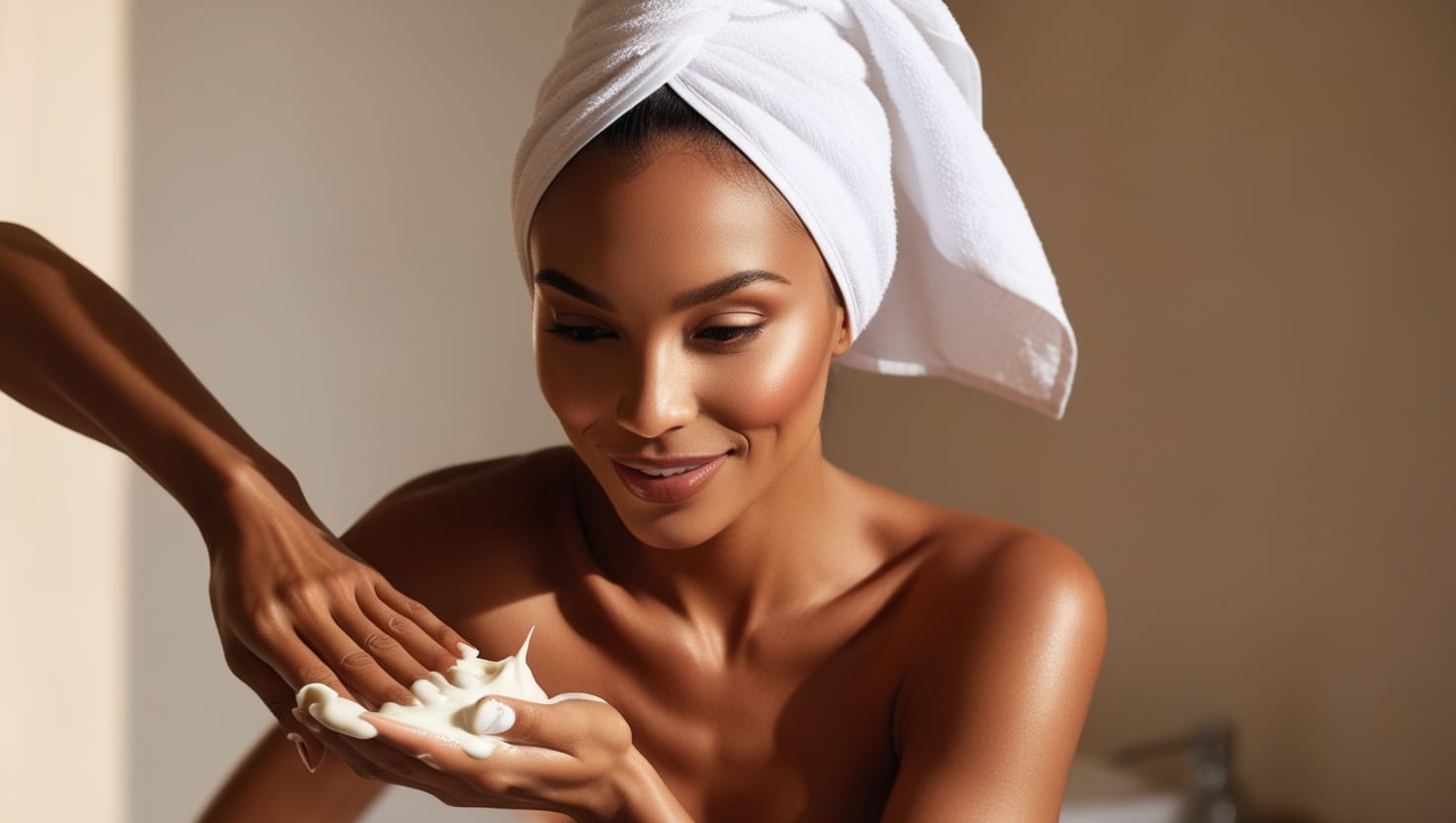From coconut milk to avocado masks, DIY natural hair straightening hacks flood the internet—but do they work? While some methods temporarily smooth frizz, others can damage your strands. Let’s debunk the myths, reveal the truths, and share safe ways to achieve sleeker hair without harsh chemicals.
1. Myth: Lemon Juice or Vinegar Permanently Straightens Hair
Acidic ingredients like lemon or apple cider vinegar are touted as “natural relaxers,” but they lack scientific backing.
✔ The truth:
- Acidic treatments temporarily flatten the hair cuticle, creating a smoother appearance.
- Overuse strips natural oils, leading to dryness and breakage.
- Our Tip: Use diluted ACV rinses (1:4 ratio with water) monthly to remove buildup—not for straightening.
2.Myth: Heatless Methods (e.g., Silk Wraps) Work Overnight

Viral TikTok hacks promise pin-straight hair with silk scarves or braids, but results vary widely.
✔ The truth:
- Heatless methods stretch curls gently but won’t straighten tightly coiled or thick hair.
- Best for wavy hair types seeking subtle loosening.
- Our Tip: Combine with a lightweight leave-in conditioner to reduce frizz while air-drying.
3.Truth: Blow-Drying with a Brush Can Mimic a Salon Blowout
Proper technique and heat protection make blowouts safer and effective.
✔ How to do it right:
- Apply a heat protectant spray (look for cyclomethicone or argan oil).
- Use a round ceramic brush and tension method to stretch sections.
- Keep the dryer nozzle 6 inches away and avoid max heat settings.
💡 Pro Tip: Finish with a cold shot to seal the cuticle and boost shine.
4.Myth: Mayonnaise or Egg Masks Straighten Hair
Protein-rich foods like eggs temporarily strengthen hair but don’t alter texture.
✔ The truth:
- Protein treatments repair damage but won’t straighten curls.
- Mayonnaise’s oil content can weigh hair down, creating a temporary sleeker look.
- Our Tip: Rinse thoroughly to avoid lingering smells!
5.Truth: Natural Oils Reduce Frizz and Enhance Manageability
Oils like coconut or argan won’t straighten hair but improve slip for easier styling.
✔ Best oils for frizz control:
- Coconut oil: Penetrates the hair shaft to prevent moisture loss (use sparingly on fine hair).
- Jojoba oil: Mimics scalp sebum, balancing dryness without greasiness.
- Almond oil: Adds shine and detangles stubborn knots.
6.Myth: Baking Soda “Relaxes” Curls
Baking soda’s high pH (9+) can disrupt hair’s natural acidity, causing brittleness.
- Baking soda raises the cuticle, making hair appear rougher and frizzier.
- Long-term use weakens strands and fades color.
- Our Tip: Avoid DIY baking soda “straightening” treatments—opt for pH-balanced products instead.
7.Truth: Keratin-Rich DIY Treatments Improve Smoothness
Keratin is a natural hair protein that strengthens and smooths—but DIY versions can’t replicate salon formulas.
✔ Safer alternatives:
- Use store-bought keratin masks (avoid formaldehyde!).
- Eat keratin-boosting foods: eggs, salmon, and leafy greens.
- Try rice water rinses (fermented) to temporarily enhance shine.
8.Myth: Flat Ironing with Olive Oil Protects Hair
While olive oil adds heat protection, it’s not enough for high-temperature styling.
✔ The truth:
- Olive oil smokes at high heat, damaging hair and tools.
- Our Tip: Layer a silicone-free heat protectant under a tiny amount of oil for added slip.
Final Thoughts
Natural hair straightening methods can enhance manageability and reduce frizz, but they won’t replace chemical relaxers or keratin treatments. Focus on gentle techniques, prioritize moisture, and always shield hair from heat damage. Our Tip: For drastic straightening, consult a pro to avoid irreversible harm—your curls deserve care, not compromise! 💇♀️✨




Yo, checked out vina24h recently. Seems legit, pretty easy to navigate. Good vibes, decent selection. Definitely worth a look if you’re trying to find something new. Check them out here: vina24h
If you’re into sports betting, you might want to check out ok9thethao. They seem to cover a lot of games and leagues. Planning on placing some bets during the Premier League season. ok9thethao